#cantata
Text
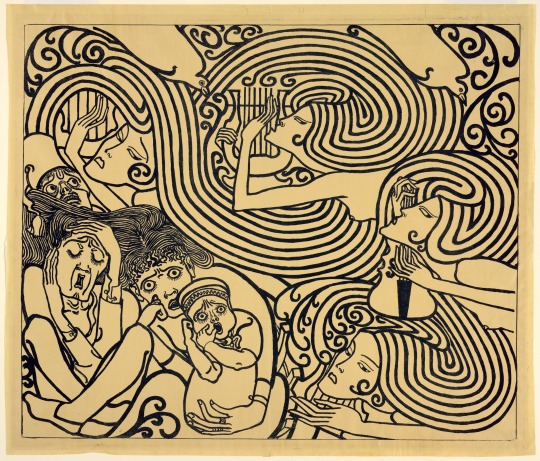
Jan Toorop ~ Image Design for a Poster. Johan Wagenaar's Cantata 'The Shipwreck', 1899 | src AIC
link zu De Schipbreuk >>> youtube
view& read more on wordPress
#jan toorop#1890s#Dutch artist#art nouveau#jugendstil#Dutch art nouveau#Javanese artist#slaoliestijl#salad oil style#shipwreck#wagenaar#sinuous#curvilinear#poster design#Johan Wagenaar#Schipbreuk#Humoristische Cantate#Cantate#Cantata#De Schipbreuk
122 notes
·
View notes
Text
Happy Holidays, and Merry Christmas!
Johann Sebastian Bach (1685-1750) - Cantata: "Schmücke dich, o liebe Seele," BWV 180, I. Chorale Fantasia: Schmücke dich, o liebe Seele. Performed by Concerto Vocale de Leipzig and Christophe Coin/Ensemble Baroque Limoges on period instruments.
#johann sebastian bach#baroque#classical music#cantata#christmas#christmas music#period performance#period instruments#orchestra#chorus#baroque music#bach#chorale fantasia#fantasia#christmas cantata#chorale
36 notes
·
View notes
Text
Christoph Bernhard (1628-1692)
“Was betrübst du dich”
[Geistlicher Harmonien, erster Teil, no. 8. (Dresden, 1665)]
Was betrübst du dich, meine Seele,
und bist so unruhig in mir?
Harre auf Gott; denn ich werde ihm noch danken,
daß er meines Angesichts Hilfe und mein Gott ist
De Aeternitate
Carlos Mena, contre ténor
Ricercar Consort, Philippe Pierlot.
(Mirare, 2001)
12 notes
·
View notes
Text
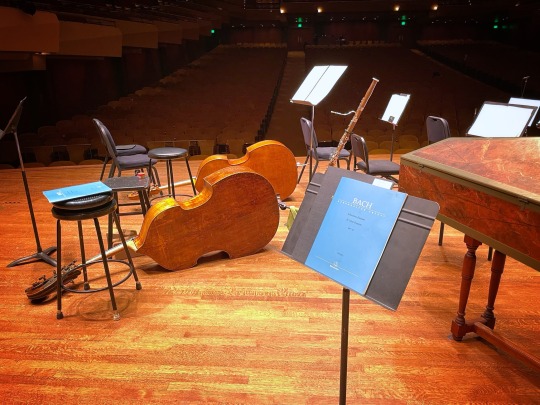
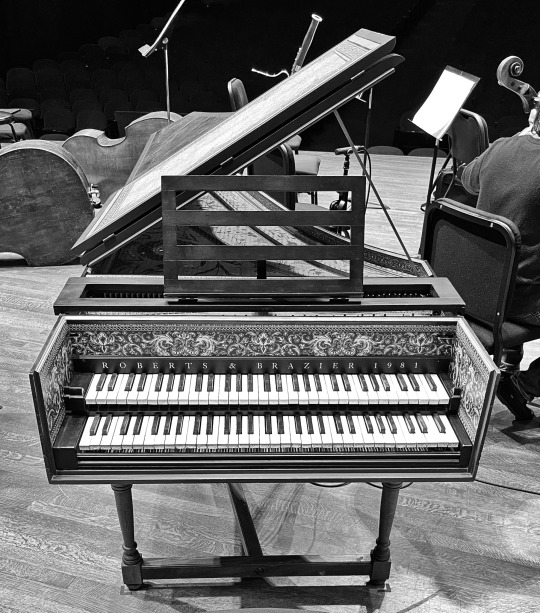
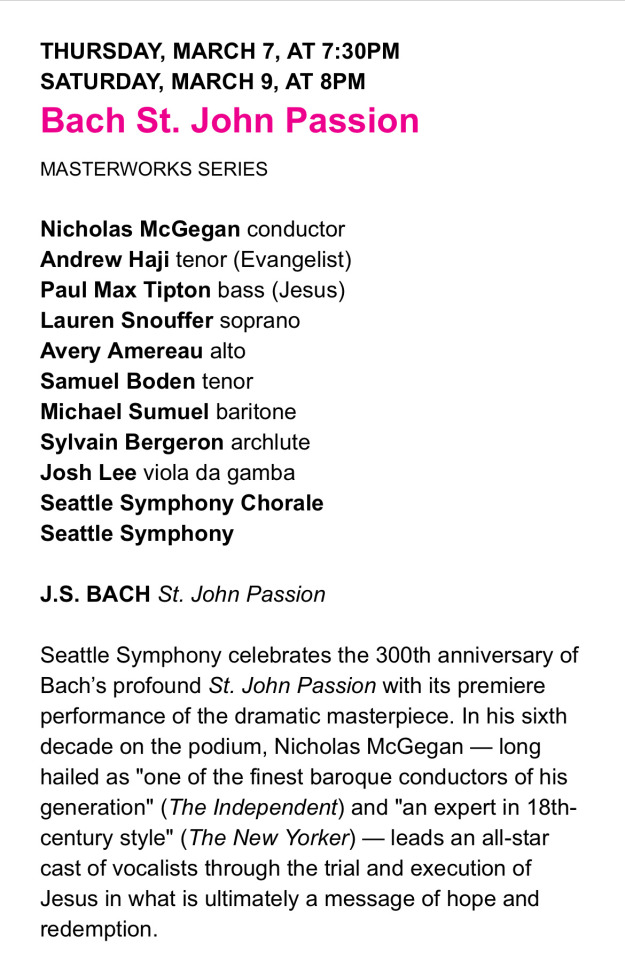
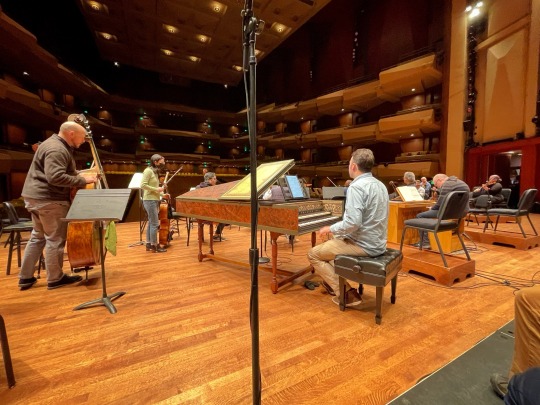
We’ve been working hard to get ready for Bach’s ‘St. John Passion’! 🎶 Performances tonight and Saturday. March 7 & 9, 2024
#johann sebastian bach#bach#cantata#baroque#music#classical music#seattle#seattle symphony chorale#seattle symphony#choir#my photography
5 notes
·
View notes
Text
youtube
5 notes
·
View notes
Text
youtube
Alessandro Stradella (1639-1682) : Il più misero amante : Cantata per soprano e basso continuo ·
Cristina Paolucci · Fabio Ciofini ·
4 notes
·
View notes
Text


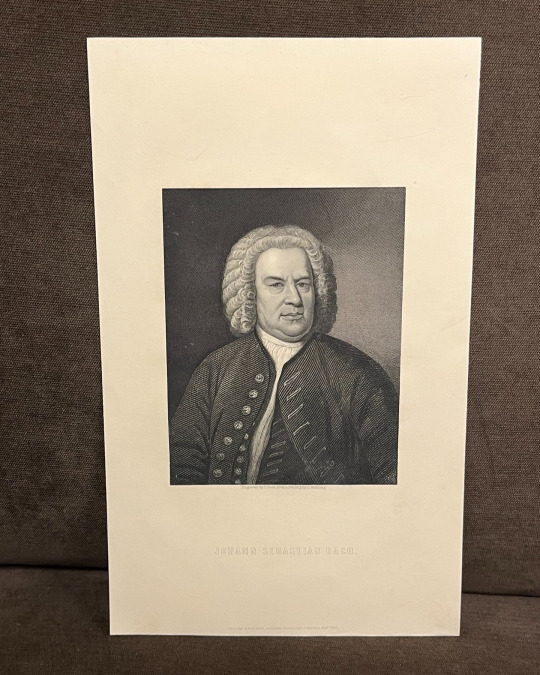
OTD in Music History: The supreme master of music, Johann Sebastian Bach (1685 - 1750) was born in Eisenach, then the capital of the duchy of Saxe-Eisenach, in present-day Germany.
What more is there to say?
To all readers: Make sure that you listen to some Bach today (and every day).
And to the musicians, just remember: "There is nothing remarkable about playing a musical instrument. All one has to do is hit the right keys at the right time, and the instrument plays itself.” - J.S. Bach
PICTURED: A very fine printed copy of a late 19th-Century British engraving done by "C. Cook" after the famous 1746 painting of the elderly Bach by Elias Gottlob Haussmann (1695 - 1774).
#Johann Sebastian Bach#Bach#composer#classical music#classical composer#Baroque period#Baroque#music#music history#musician#Passion#Oratorio#St Matthew Passion#cantata#Church cantata#Motet#Mass#chorale#Magnificat#organ#organist#Sonata#Prelude#Fugue#Fantasia#Toccata#Aria#Concerto#suite#Overture
23 notes
·
View notes
Text
youtube
Louis-Nicolas Clérambault's ethereal, heavenly Miserere mei, Deus (Have mercy on me, God). The performers are Le Poème Harmonique: Claire Lefilliâtre : Soprano; Isabelle Druet : Mezzo Soprano; Hasnaa Bennani : Soprano; Conductor: Vincent Dumestre. Clérambault was a French Baroque composer who lived from 1676-1749.
#clérambault#louis-nicolas clérambault#miserere#latin#french#baroque#baroque music#musicblr#le poème harmonique#france#parisian#harpsichord#organ#cantata#Youtube
4 notes
·
View notes
Text
youtube
The piece playing in the background while Anne, Mary, Buttons, Stede, and Ed are eating rabbit is the arioso movement of a Bach harpsichord in f minor.
Why this matters to me, beyond just liking to remember where I know that tune from, is that Bach sniped this movement from a piece he'd written earlier: it's an arrangement of a sinfonia for oboe and orchestra that opens Cantata BWV 156. The text of that cantata? "Ich steh mit einem Fuss in Grabe," i.e., "I stand with one foot in the grave," which is about being on earth but keenly aware of mortality.
It's a perfect soundtrack to a dinner where at least two people at the table have been in the gravy boat, and where one of them is still a bit hung over from it.
#edward teach#nathaniel buttons#anne bonny#mary read#stede bonnet#js bach#harpsichord#cantata#classical music in ofmd#our flag means death#Youtube
3 notes
·
View notes
Text





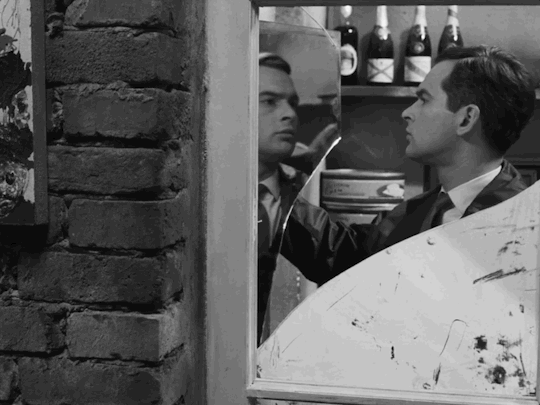
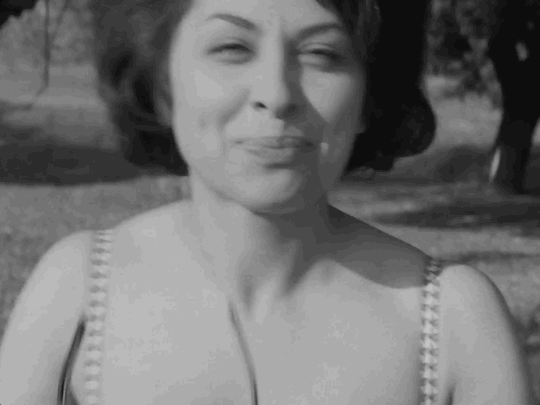

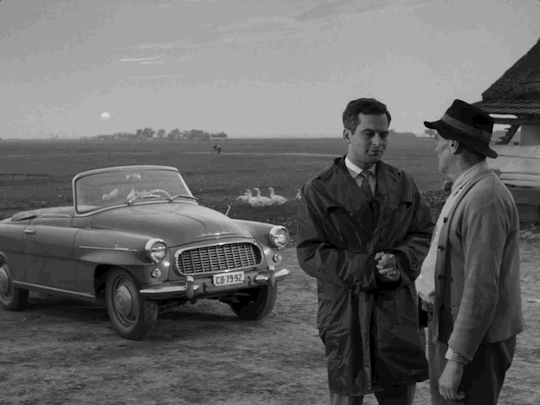

Oldás és kötés - 1963. Rendezte: Jancsó Miklós. Főszerepben: Latinovits Zoltán, Ajtay Andor, Bodrogi Gyula, Domján Edit, Barsi Béla, Medgyesi Mária. https://podcasters.spotify.com/pod/show/magyarfilmekatolcettig
#magyar#hungarian#movie#film#retro#régi#mfac#magyar filmek ától cettig#1963#oldás és kötés#cantata#jancsó miklós#latinovits zoltán#ajtay andor#bodrogi gyula#domján edit#barsi béla#medgyesi mária
5 notes
·
View notes
Text
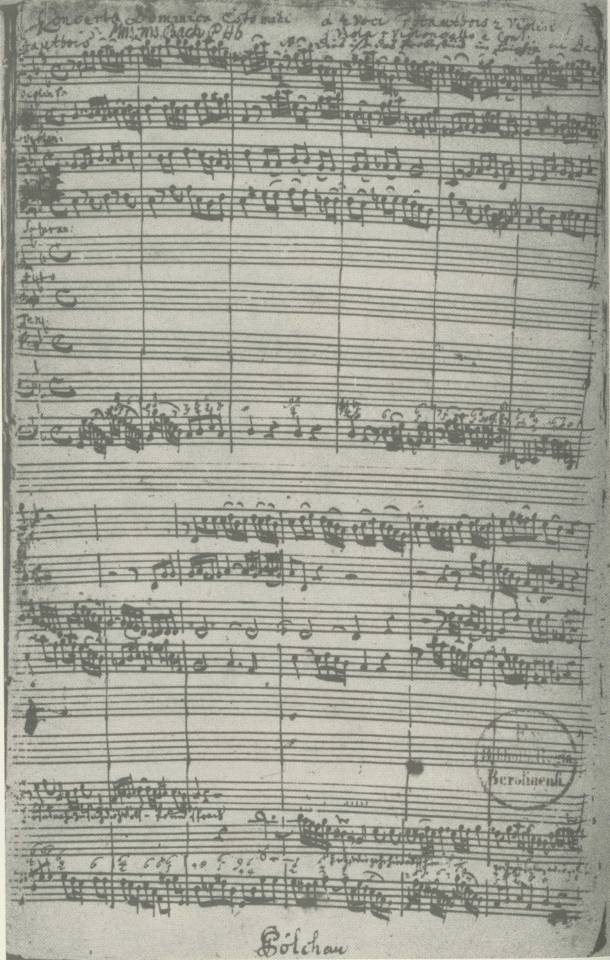
Jesus nahm zu sich die Zwölfe, BWV 22
Jesus nahm zu sich die Zwölfe (Jesus gathered the twelve to Himself), BWV 22, is a church cantata by Johann Sebastian Bach composed for Quinquagesima, the last Sunday before Lent. Bach composed it as an audition piece for the position of Thomaskantor in Leipzig and first performed it there on 7 February 1723.
The work, which is in five movements, begins with a scene from the Gospel reading in which Jesus predicts his suffering in Jerusalem. The unknown poet of the cantata text took the scene as a starting point for a sequence of aria, recitative, and aria, in which the contemporary Christian takes the place of the disciples, who do not understand what Jesus is telling them about the events soon to unfold, but follow him nevertheless. The closing chorale is a stanza from Elisabeth Cruciger's hymn "Herr Christ, der einig Gotts Sohn". The music is scored for three vocal soloists, a four-part choir, oboe, strings and continuo. The work shows that Bach had mastered the composition of a dramatic scene, an expressive aria with obbligato oboe, a recitative with strings, an exuberant dance, and a chorale in the style of his predecessor in the position as Thomaskantor, Johann Kuhnau. Bach directed the first performance of the cantata during a church service, together with another audition piece, Du wahrer Gott und Davids Sohn, BWV 23. He performed the cantata again on the last Sunday before Lent a year later, after he had taken up office.
The cantata shows elements which became standards for Bach's Leipzig cantatas and even the Passions, including a "frame of biblical text and chorale around the operatic forms of aria and recitative", "the fugal setting of biblical words" and "the biblical narrative ... as a dramatic scena".
read more..
#education#today i learned#learning#educate yourselves#wikipedia#wiki today#today news#today#featured#article#school#music#cantata#bach#johann sebastian bach#jesus
4 notes
·
View notes
Text
Happy Holidays, and Merry Christmas!
Alessandro Stradella (1643-82) - Cantata "per la Notte del SS.mo Natale," IV: Terzetto: Oh di notte felice. Performed by Cristina Miatello, soprano, Caterina Calvi, contralto, Roberto Abbondanza, bass, and Enrico Casazza/La Magnifica Comunità on period instruments.
#alessandro stradella#baroque#classical music#cantata#christmas#christmas music#period performance#period instruments#natale#chorus#rarely performed composers#organ#christmas cantata#baroque music#soprano#contralto#bass#basso
24 notes
·
View notes
Text
Sala nezahualcoyotl!!!😍🖤

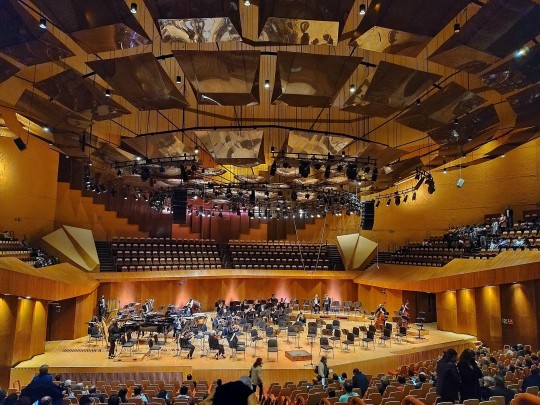
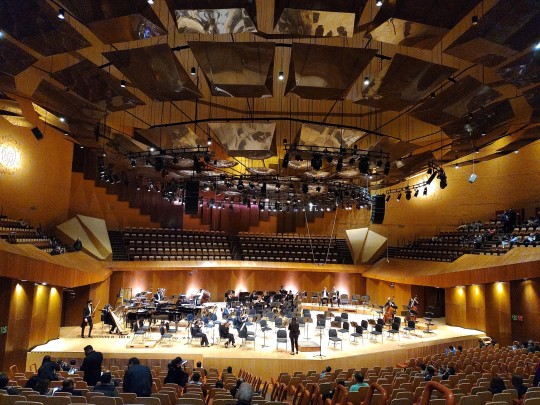
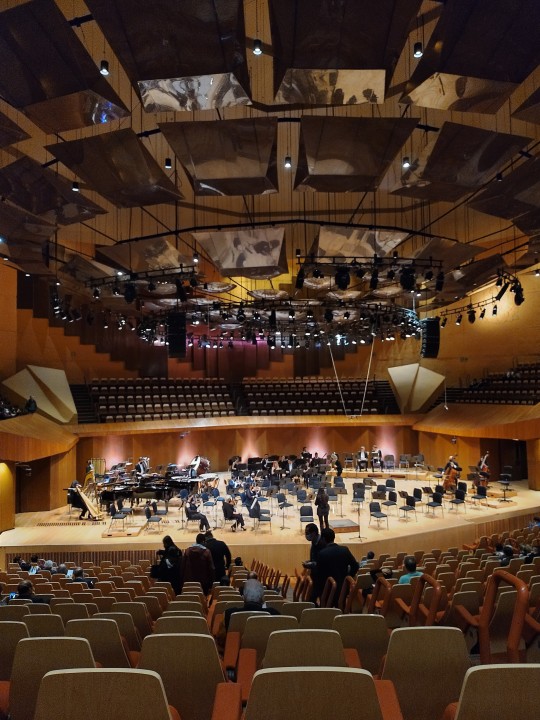


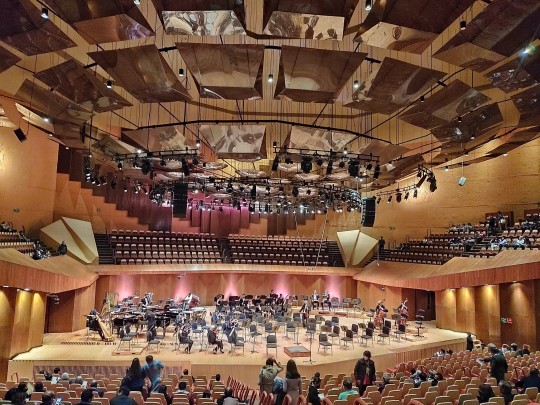
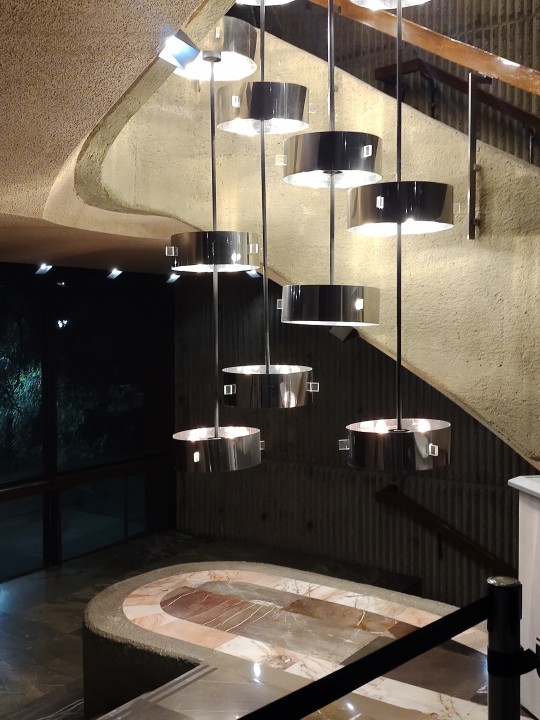
#travel#photography#mexican cities#visit mexico#museums#spirituality#cdmx photos#positivity#sports#quotes#sala nezahualcoyotl#unam#universidad#carmina Burana#cantata#carminaburana#sala de música#musica para el alma#carmina burana México#mexicocity#ciudad de méxico#cdmx#mexicolindoyquerido#hecho en México
8 notes
·
View notes
Text
😍😍😍
#cantata#was mir behagt#Magdalena Kozená#my new phone won't do accents for the z >:(#Johann Sebastian Bach#classical music#morning jams#divas#mezzos#i love her 😍#her voice slays me#Spotify
7 notes
·
View notes
Text
youtube
Philipp Heinrich Erlebach (1657-1714) - Furchtet euch nicht: Entsetzet euch nicht, ich verkundige Freud (Soprano, Alto, Tenor, Bass)
Artist: Dorothee Mields, Artist: Alexander Schneider, Artist: Andreas Post, Artist: Matthias Vieweg
Ensemble: Les Amis de Philippe, Conductor: Ludger Rémy
2 notes
·
View notes
Text
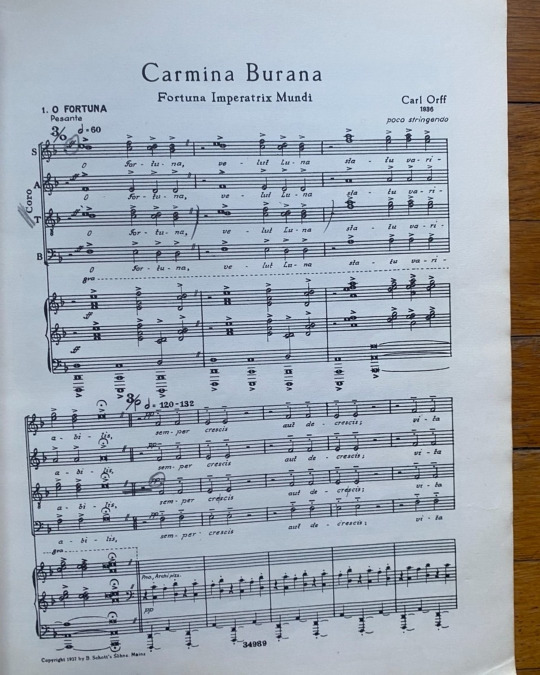


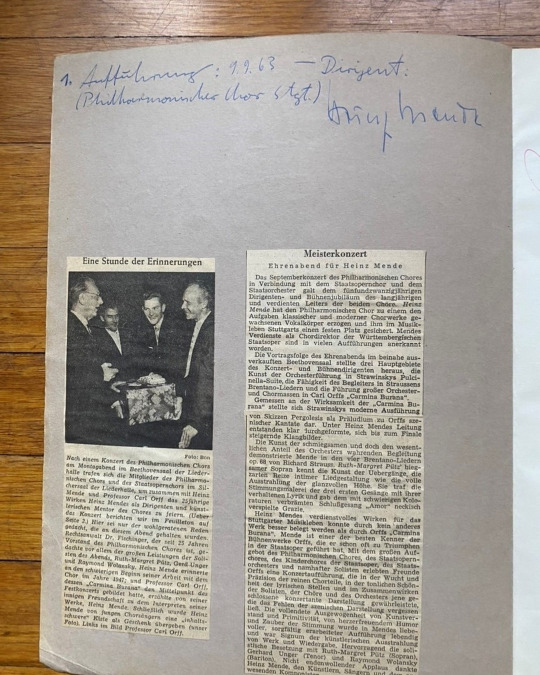


OTD in Music History: Composer and pedagogue Carl Orff (1895 - 1982) dies in Germany.
A member of "classical" music's ignominious "one hit wonder" club, Orff is remembered today for "Carmina Burana," a secular cantata composed in 1936 and premiered to the following year to great acclaim in Nazi Germany.
"Carmina Burana" was an immediate smash hit, and it has lost none of its popularity -- indeed, excerpts remain a ubiquitous feature of modern popular culture.
Based on poems from a medieval collection of the same name, the full Latin title of the work is actually "Carmina Burana: Cantiones profanae cantoribus et choris cantandae comitantibus instrumentis atque imaginibus magicis" ("Songs of Beuern: Secular songs for singers and choruses to be sung together with instruments and magical images"). Although originally written as a stand-along work, “Carmina Burana” is technically also part of a larger "musical triptych" entitled "Trionfi,” which also includes the cantatas "Catulli Carmina" (1943) and T"rionfo di Afrodite" (1951) – neither of which are regularly performed.
In a nod to the "Wheel of Fortune" that supposedly turns across time, both the first and last sections of "Carmina Burana" are entitled "Fortuna Imperatrix Mundi" ("Fortune, Empress of the World") and start with the words, "O Fortuna.” The work is structured in five major sections, and it contains 25 relatively short movements in total.
Musically speaking, "Carmina Burana" stands alone in the pantheon of 20th Century "classical" masterpieces -- Orff was strongly influenced by late Renaissance and early Baroque models including William Byrd (c. 1539 - 1625) and Claudio Monteverdi (1567 - 1643), and accordingly "Carmina Burana" contains little or no development in the traditional sense.
PICTURED: A printed score for "Carmina Burana" with a rather interesting history -- it is marked up and it was apparently used in a performance which took place under Orff's supervision in 1963. It has been signed by Orff, as well as several of the performers who were involved in that performance.
#Carmina Burana#cantata#O Fortuna#triptych#Carl Orff#Orff#composer#classical composer#Orff Schulwerk#Orff Approach#music#music education#teacher#pedagogue#music teacher#music history#classical studies#classical musicians#classical musician#symphony orchestra#orchestra#conductor#performance
14 notes
·
View notes